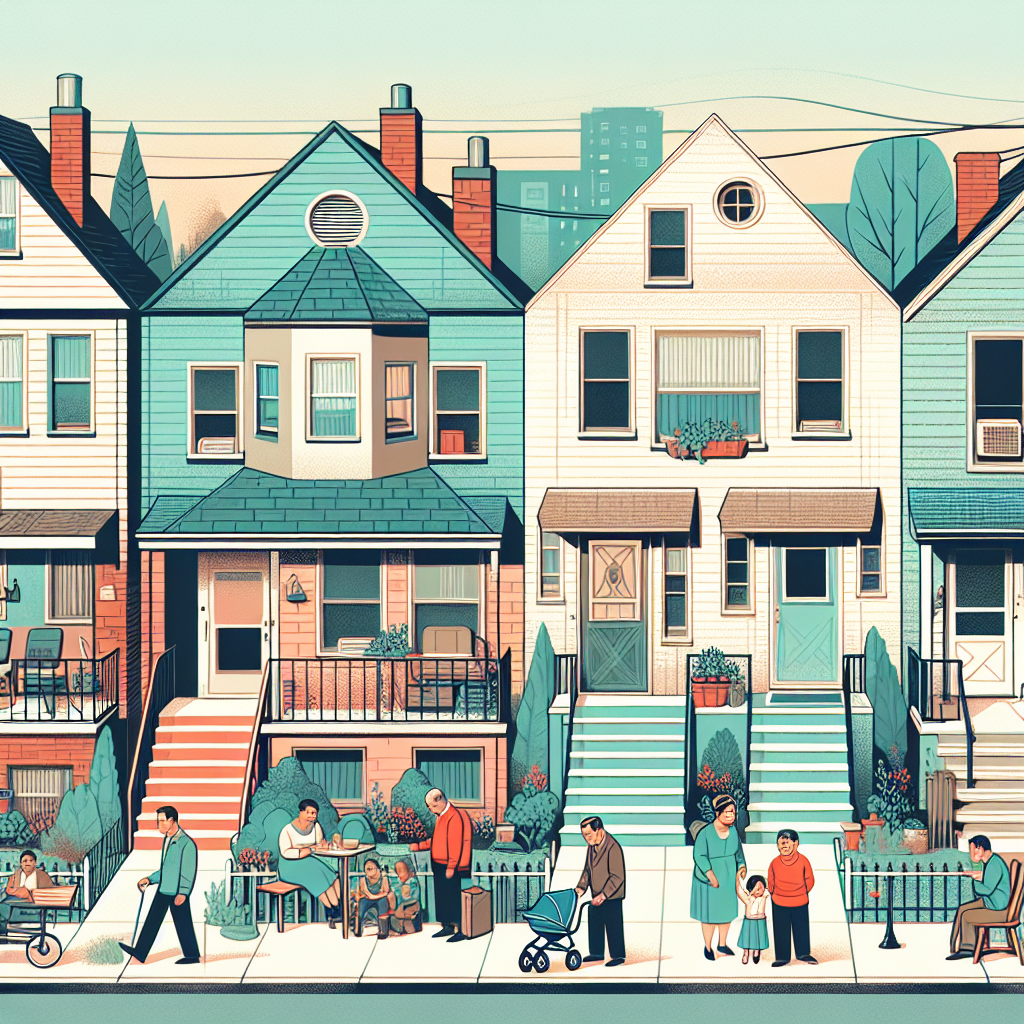Why a 1997 Tax Rule May Be Hurting Housing Inventory Today
In 1997, the Taxpayer Relief Act was groundbreaking. For the first time, homeowners could exclude up to $250,000 (or $500,000 for married couples) in capital gains on the sale of their primary residence. It simplified what had been a complex rollover system and offered a clear path to tax-free home sale profits.
But that was over 25 years ago. Since then, home prices have skyrocketed, inflation has surged, and the real estate market has transformed dramatically. Yet, the capital gains exemption thresholds remain frozen in time—unchanged since the Clinton administration.
This stagnation is now creating a bottleneck in the housing market. Many baby boomers who might otherwise sell their long-held homes are holding back. Why? Because the potential tax hit has become too steep. Could modernizing this decades-old policy help boost housing inventory and encourage downsizing? Let’s look at the facts.
The 1997 Taxpayer Relief Act: A Quick Refresher
The Taxpayer Relief Act of 1997 was a sweeping reform bill that, among many changes, introduced a valuable benefit for homeowners:
- Capital Gains Exclusion: Homeowners could exclude up to $250,000 in profit from the sale of their primary residence if single, and $500,000 if married filing jointly.
- Residency Requirement: To qualify, the seller must have owned and lived in the home for at least 2 out of the last 5 years.
- Frequency: This exclusion can only be claimed once every two years.
At the time, these numbers were generous. The median home price in the U.S. in 1997 was about $145,000. Today, it’s well over $400,000, with many urban and suburban areas seeing median prices upwards of $700,000 or more.
Why the Exclusion May Now Be Outdated
1. Home Price Inflation Has Outpaced the Rule
Since 1997, the cost of housing has far outstripped the $250k/$500k exemption limits. According to the Federal Housing Finance Agency (FHFA), home prices have increased by over 300% in some regions.
This means many long-term owners, especially baby boomers who bought their homes decades ago, are now sitting on unrealized gains far above the exemption limits. Selling could lead to a significant capital gains tax burden, especially in high-growth markets like California, New York, and Washington.
2. Boomers Are Aging in Place—And It’s Slowing the Market
According to a 2023 Freddie Mac report, nearly 80% of baby boomers prefer to “age in place.” While emotional attachment and convenience play a role, financial disincentives like capital gains taxes are also major factors.
The National Association of Realtors (NAR) has noted that low inventory across the U.S. is partly due to long-term owners not selling. In fact, the average tenure of homeownership has increased from 6 years in 2008 to over 13 years in 2023.
3. Inventory Shortages Are Worsening in 2025
As of early 2025, housing inventory remains tight. The lack of available homes is contributing to inflated prices and making it harder for younger families to enter the market. More than 40% of homes are owned by people aged 60 or older, according to Zillow.
If even a small percentage of these homeowners were incentivized to sell—perhaps by modernizing the capital gains exclusion—it could have a significant impact on supply.
Could Updating the Taxpayer Relief Act Help?
Indexing the exemption limits to housing inflation is a popular idea among economists and tax policy experts. If the original $250k/$500k exclusions had kept pace with the FHFA House Price Index, they would be around $750,000 and $1.5 million today, respectively.
Such an update could:
- Encourage downsizing among older homeowners
- Free up larger homes for growing families
- Improve housing affordability by increasing supply
- Reduce the strain on the rental market
Has Congress Considered This?
While the idea has been floated, there hasn’t yet been significant legislative action. A few proposals have surfaced in Congress over the last decade, including:
- The Senior Housing Relief Act (proposed but never passed) which aimed to increase the exclusion for older homeowners.
- Occasional bipartisan discussions about indexing tax thresholds to inflation, including capital gains exclusions.
However, as of 2025, there is no active bill in the House or Senate specifically targeting an update to the Taxpayer Relief Act’s exemption levels.
Looking Ahead: The Policy Opportunity
If lawmakers want to tackle housing affordability and inventory issues from a fresh angle, modernizing the 1997 capital gains exclusion could be a powerful tool. It wouldn’t require new spending or subsidies—just a recalibration of an outdated rule.
More importantly, it could unlock a generation of housing stock currently held back by tax uncertainty. For baby boomers, that’s a chance to downsize without penalty. For younger families, it’s a chance to finally buy.
Further Reading & Resources
Explore historical and current U.S. home price trends used to measure inflation in housing.
Comprehensive data on homeownership trends, sales, and market inventory.
Official IRS topic guide explaining the home sale exclusion rules under the Taxpayer Relief Act.
Access local and national housing market trends, including home values and demographic data.
Search for pending and past legislation related to capital gains and homeownership tax incentives.






